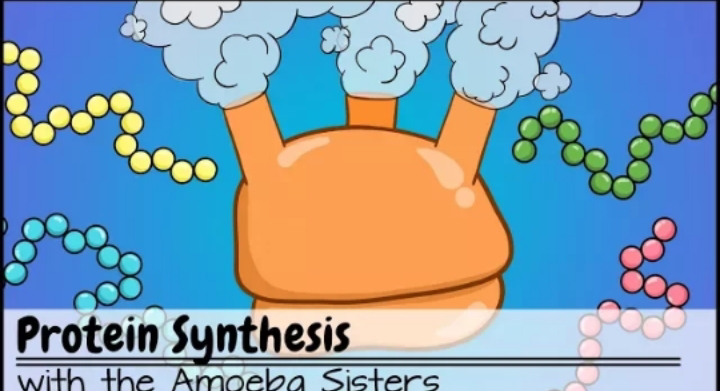What is mRNA Translation: Turning Genetic Code into Proteins
Hi, I'm Kathy with Level Up RN!
In today’s article, we’re diving into the process of translating messenger RNA (mRNA) into proteins. This is a key concept in microbiology and a fundamental part of understanding how our cells function.
Stay tuned until the end because I’ll quiz you on the essential points we’ll cover. And if you’ve got our Level Up RN Microbiology Flashcards, grab them now! They’re a perfect companion to follow along, especially focusing on the bold red text—those are the must-know facts for your microbiology class.
What is the Genetic Code?
The genetic code is like an instruction manual that directs the cell on how to translate mRNA into amino acids, which are the building blocks of proteins.
- Codons: These are groups of three nucleotides on the mRNA strand, and each codon corresponds to a specific amino acid.
- For example:
- UGG codes for the amino acid tryptophan.
- UUA codes for the amino acid leucine.
- For example:
Key Codons You Need to Know
There are some codons you definitely need to memorize:
-
AUG – This codon is super important because it serves two roles:
- It codes for the amino acid methionine.
- It’s the start codon, meaning it kicks off the translation process.
-
UAA, UAG, and UGA – These are stop codons (also called nonsense codons).
- They don’t code for any amino acids.
- Their job is to stop the translation process when the protein is complete.
Why Are There More Codons Than Amino Acids?
There are 64 possible codon combinations, but only 20 amino acids. This means:
- Multiple codons can code for the same amino acid.
- Example:
- CCU, CCC, CCA, and CCG all code for proline.
- Example:
This redundancy is known as the degeneracy of the genetic code.
The Wobble Position: Why It Matters
You might notice that changing the third nucleotide in a codon often still results in the same amino acid. This is called the wobble position.
- Example:
- GGU, GGC, GGA, and GGG all code for glycine.
- This flexibility helps reduce errors in protein synthesis.
The Steps of Translation: How Proteins Are Made
Let’s break down how the ribosome reads mRNA to build proteins.
-
Initiation:
- The small ribosomal subunit, large ribosomal subunit, mRNA, and initiator tRNA come together to form the initiation complex at the start codon (AUG).
- The initiator tRNA carries methionine and binds to the P site of the ribosome.
-
Elongation:
- A new tRNA brings the next amino acid to the A site of the ribosome.
- The first and second amino acids form a peptide bond.
- The ribosome moves forward by one codon, a process called translocation:
- The initiator tRNA moves to the E site (Exit site) and leaves the ribosome.
- The second tRNA shifts to the P site, making space at the A site for the next tRNA.
-
Termination:
- This continues until the ribosome reaches a stop codon (like UAA).
- When this happens, the polypeptide (chain of amino acids) is released, and the ribosome subunits separate.
After Translation: What Happens Next?
Once the polypeptide is made, it isn’t immediately functional. It needs to undergo post-translational modifications:
- Folding: The polypeptide folds into a specific 3D shape.
- Chemical modifications: These help activate the protein so it can perform its job in the cell.
Quick Quiz Time!
Ready to test your knowledge? Let’s go!
-
What is a group of three nucleotides called that corresponds to an amino acid?
Answer: Codon -
What is the start codon found on mRNA that initiates translation?
Answer: AUG -
What does the term degeneracy of the genetic code mean?
Answer: It means that multiple codons can code for the same amino acid. -
What is the process called when the ribosome moves forward by one codon during translation?
Answer: Translocation -
When is the polypeptide released during translation?
Answer: When the ribosome reaches a stop codon.
Wrap-Up
That’s it for this article! I hope you aced the quiz and feel more confident about the translation process.
If you found this article helpful, give it a thumbs up and subscribe to our channel for more nursing school tips. Don’t forget to share this video with your classmates—it could be the quick refresher they need!
Good luck with your studies, and I’ll see you in the next article!




Comments
Post a Comment